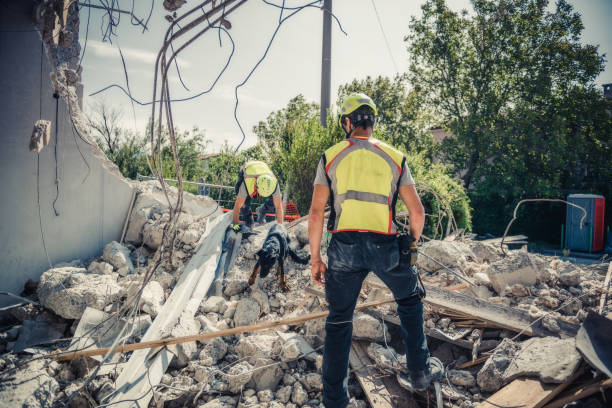Debris removal is a vital errand after remodels, arranging ventures, or characteristic fiascos. Appropriate transfer of debris not only guarantees a clean environment but also advances security and compliance with nearby directions. Whether you’re handling this assignment on your claim or enlisting a proficient benefit, here’s a step-by-step direct to offer assistance you oversee debris removal Riverview FL effectively:
1. Evaluate the Debris
Begin by surveying the sort and amount of debris you require to evacuate. This incorporates development materials, vegetation, family things, or any perilous squander. Understanding the scope of the debris will help you arrange for suitable transfer methods.
2. Sort and Separate
Separate debris into categories such as recyclables, unsafe materials, and common squander. This step is significant for effective transfer and reuse. Unsafe materials like paints, chemicals, or hardware may require uncommon handling, so check neighborhood controls for transfer guidelines.
3. Assemble Vital Equipment
Depending on the amount of debris, accumulate fundamental gear such as gloves, security goggles, covers (if required), tough holders, and apparatuses for destroying bigger things. Having these things on hand guarantees secure care during the evacuation process.
4. Arrange for Disposal
Determine how you will arrange the debris. Choices incorporate leasing a dumpster, enlisting a garbage evacuation benefit, or utilizing civil squander collection administrations. Consider reusing alternatives for materials like metal, wood, or gadgets to minimize natural impact.
5. Renting a Dumpster
If leasing a dumpster, select a fittingly measured holder based on the volume and sort of debris. Guarantee that the dumpster is set in a helpful area with clear access for loading.
6. Stacking and Transporting Debris
Carefully stack debris into holders or the dumpster, following security rules to anticipate wounds. Stack heavier things at the foot and lighter things on top to maximize space and solidity during transport.
7. Arrange Unsafe Materials Properly
Dispose of unsafe materials, agreeing to local controls. Numerous regions have assigned drop-off areas or collection occasions for unsafe squander such as chemicals, paints, batteries, and electronics.
8. Clean up
Once debris are evacuated, conduct an intensive clean-up of the region to guarantee no extra debris or potential risks remain. Clear or hose down surfaces as required, particularly in open-air areas.
9. Reuse
Whenever conceivable, reuse materials like metal, wood, concrete, and plastic. Consider giving usable things such as furniture or apparatuses to neighborhood charities or reuse centers.
10. Last Inspection
Inspect the region after the debris evacuation to guarantee all debris has been legitimately arranged and the space is clean and secure. Address any remaining concerns promptly.
Conclusion
By following these steps, you can successfully oversee proficient debris removal from begin to wrap up, guaranteeing a clean and secure environment while following neighborhood directions and advancing capable transfer hones. Whether dealing with the errand freely or with proficient help, legitimate arranging and execution are key to fruitful debris evacuation ventures.
